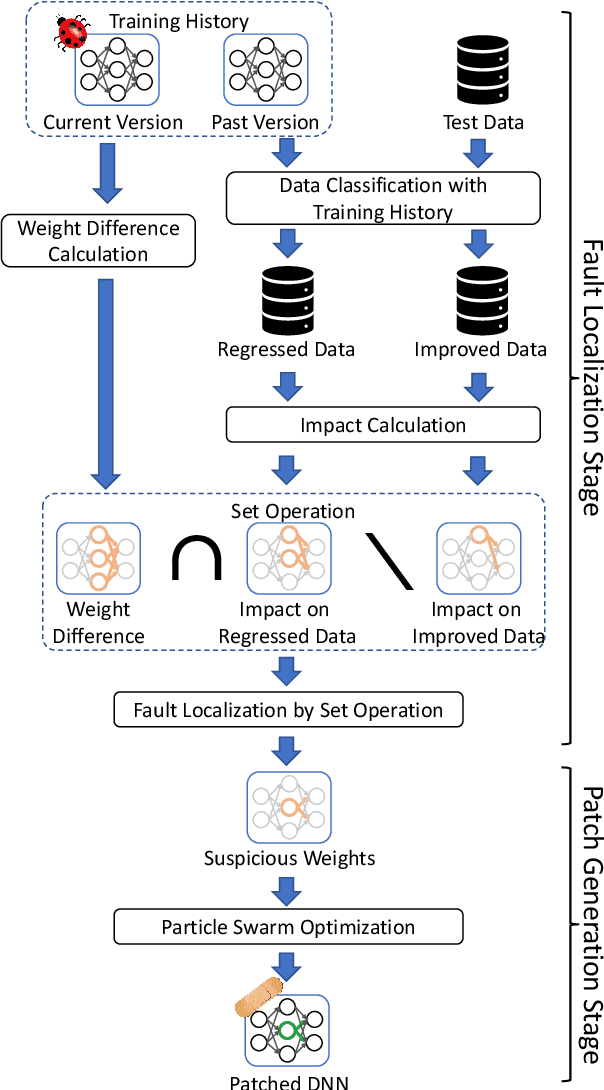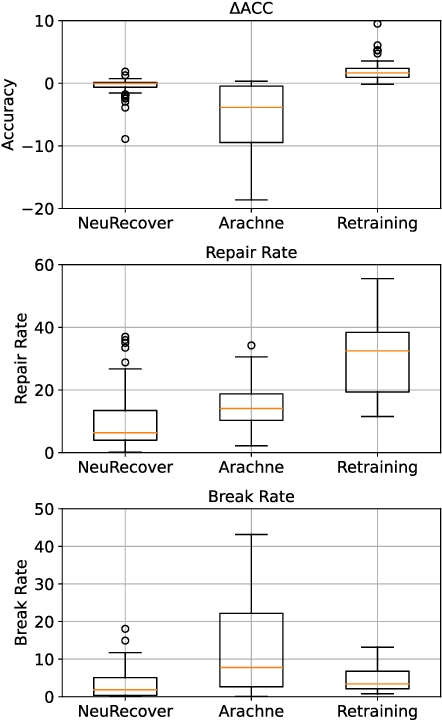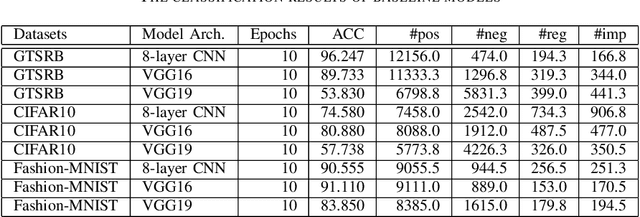Akihito Yoshii
Practical Insights of Repairing Model Problems on Image Classification
May 14, 2022
Abstract:Additional training of a deep learning model can cause negative effects on the results, turning an initially positive sample into a negative one (degradation). Such degradation is possible in real-world use cases due to the diversity of sample characteristics. That is, a set of samples is a mixture of critical ones which should not be missed and less important ones. Therefore, we cannot understand the performance by accuracy alone. While existing research aims to prevent a model degradation, insights into the related methods are needed to grasp their benefits and limitations. In this talk, we will present implications derived from a comparison of methods for reducing degradation. Especially, we formulated use cases for industrial settings in terms of arrangements of a data set. The results imply that a practitioner should care about better method continuously considering dataset availability and life cycle of an AI system because of a trade-off between accuracy and preventing degradation.
NeuRecover: Regression-Controlled Repair of Deep Neural Networks with Training History
Mar 04, 2022



Abstract:Systematic techniques to improve quality of deep neural networks (DNNs) are critical given the increasing demand for practical applications including safety-critical ones. The key challenge comes from the little controllability in updating DNNs. Retraining to fix some behavior often has a destructive impact on other behavior, causing regressions, i.e., the updated DNN fails with inputs correctly handled by the original one. This problem is crucial when engineers are required to investigate failures in intensive assurance activities for safety or trust. Search-based repair techniques for DNNs have potentials to tackle this challenge by enabling localized updates only on "responsible parameters" inside the DNN. However, the potentials have not been explored to realize sufficient controllability to suppress regressions in DNN repair tasks. In this paper, we propose a novel DNN repair method that makes use of the training history for judging which DNN parameters should be changed or not to suppress regressions. We implemented the method into a tool called NeuRecover and evaluated it with three datasets. Our method outperformed the existing method by achieving often less than a quarter, even a tenth in some cases, number of regressions. Our method is especially effective when the repair requirements are tight to fix specific failure types. In such cases, our method showed stably low rates (<2%) of regressions, which were in many cases a tenth of regressions caused by retraining.
 Add to Chrome
Add to Chrome Add to Firefox
Add to Firefox Add to Edge
Add to Edge